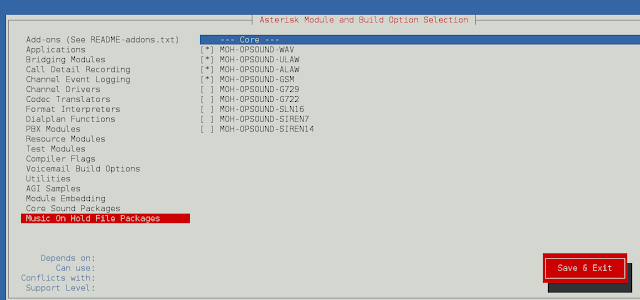Given a list containing single integer, the task is to split each value in the list.
Examples:
Input: Input = [23] Output: Output = [2, 3] Input: Input = [15478] Output: Output = [1, 5, 4, 7, 8]
Method #1 : Using Map
Python3
# Python code to split list containing single integer# List initializationinput = [200]# Using mapoutput = list(map(int, str(input[0])))# Printing outputprint(output) |
[2, 0, 0]
Method #2 : Using list comprehension
Python3
# Python code to split list containing single integer# List initializationinput = [231]# Using list comprehensionoutput = [int(x) if x.isdigit() else x for z in input for x in str(z)]# Printing outputprint(output) |
[2, 3, 1]
Method #3 : Using Loops
Python3
# Python code to split list containing single integer# List initializationinput = [987]# Converting to intinput = int(input[0])# Output list initializationoutput = []while input>0: rem = input % 10 input = int(input / 10) output.append(rem)# Printing outputprint(output) |
[7, 8, 9]
Method #4 : Using string manipulation instead of integer manipulation
Step-by-step approach:
- Initialize the input list with a single integer
- Convert the integer to a string using the str() function
- Use a for loop to iterate over the characters of the string
- Convert each character back to an integer using the int() function
- Append the integer to the output list
- Print the output list
Below is the implementation of the above approach:
Python3
# List initializationinput = [987]# Converting to stringinput_str = str(input[0])# Output list initializationoutput = []# Loop over characters of the stringfor char in input_str: # Convert character to integer and append to output output.append(int(char))# Printing outputprint(output) |
[9, 8, 7]
Time complexity: O(n), where n is the number of digits in the input integer.
Auxiliary space: O(n), where n is the number of digits in the input integer. This is because we need to store the output list, which contains n integers.




